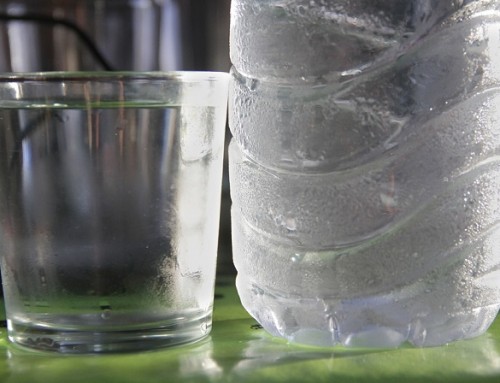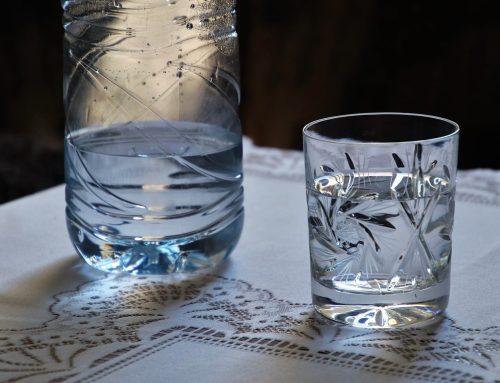Wessex Water has begun a trial of a new, innovative membrane technology in its treatment of wastewater – this first of its kind technology was inspired by the human body.
While most water companies are currently treating wastewater in an effort to save water, the traditional methods of treating wastewater are expensive and most of the older plants are already working at near peak treatment capacity. Another problem is the massive amount of energy required to aerate and mix the bulk liquid.
The company’s optimisation and innovation team embraced recent advances in aeration techniques with their deployment of the ˜bubbleless’ OxyTube, a Membrane Aerated Biofilm Reactor (MABR), a portable device that mimics the human body’s capillary system by using gas-permeable fibre tubes to carry oxygen.
According to Wessex Water’s optimisation and innovation team programme manager, Matthew Crowhurst:
We’ve had a dialogue with OxyMem for several years and have been impressed with the potential advantages that the technology could bring.
The ˜bubbleless’ process could hold the key to reducing aeration costs, and in doing so provide a more sustainable wastewater treatment method.
We’re trialling the small-scale OxyTube, which has been designed for practical demonstration purposes and can easily be dropped into and removed from any biological tank on our treatment facility.
MABR membranes have been utilised on municipal wastewater by OxyMem over the past five years without showing any signs of degradation in performance or property.
Fouling is not an issue, as the membranes do not have pores or perforations; they rely on established biofilm to treat the wastewater pollutants. Biofilm growth can be measured and controlled to maintain optimum performance if necessary.
OxyTube’s protective stainless steel housing contains an MABR membrane cartridge, and is pumped with air to ensure that oxygen reaches the biofilm as and when required. The performance of the unit can be established by measuring the concentration changes of ammonia and soluble chemical oxygen demand (COD) in the influent and effluent of the OxyTube.
Modules can be placed wherever there is a biological load on site; they do not disrupt the existing process, and require no additional civil structure modifications. They also require minimal or zero downtime to install, and can boost a plant’s capacity by up to 50%.
Purchase water dispensers and hire water dispensers from Living-Water.






